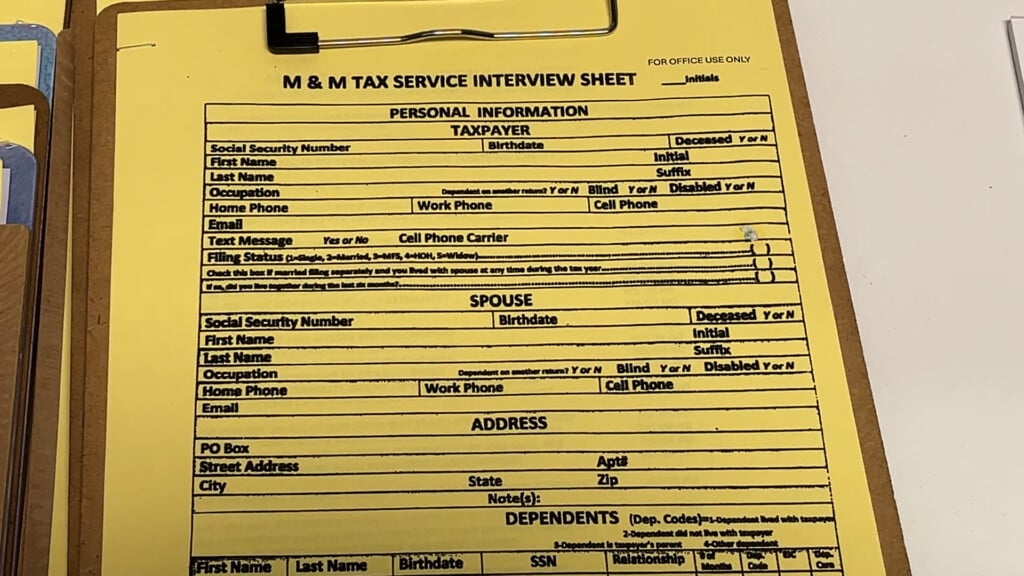State Borrowing Power Still ‘Adequate’
By Jeff Amy/Associated Press
JACKSON – Mississippi could borrow $1.8 billion to use for new buildings, highways and economic development incentives over the next five years and rising state revenue probably could support that amount of borrowing, a report by Treasurer Lynn Fitch suggests.
The Republican state treasurer compiled a debt-affordability study after agencies that rate Mississippi’s bonds said the state needed a roadmap for future borrowing.
“This is a critical tool to assess the debt, future payments on the debt and the amount of bonds that will be required in future years,” Fitch said as she unveiled the report earlier this month. Fitch did not call for either an increase or decrease in borrowing.
But despite still-low interest rates, don’t count on a surge in borrowing while Lt. Gov Tate Reeves is around.
“The agencies that gave their wish lists for the report obviously haven’t paid attention to the lieutenant governor’s mandate that we reduce the overall debt burden of our taxpayers,” said Reeves spokeswoman, Laura Hipp. “The days of just ‘bonding’ every project every state agency wants are over.”
Mississippi already has made some efforts to impose a sense of structure on the way it borrows money.
For example, lawmakers agreed they would allot the College Board about $90 million in bonding authority each year for three years, allowing universities to start projects with the confidence that additional bond money would arrive in time to finish them.
Fitch said she talked with the Mississippi Development Authority, the Department of Transportation and the Department of Finance and Administration’s Bureau of Buildings. These agencies traditionally account for the largest sums the state borrows. DFA’s estimates include projections for universities and community colleges. Other agencies were not included in Fitch’s report.
Needs for roads and bridges around Mississippi and for new and renovated buildings at its community colleges and universities are probably greater than the $1.8 billion estimate in Fitch’s report.
But it seems unlikely that lawmakers would authorize even that amount because Reeves has focused on cutting debt and criticized House members for proposing roughly $400 million in new obligations during the 2014 Legislature.
Borrowing an additional $1.8 billion would add $125 million, in total, to existing debt service payments over the next five years, according to Fitch’s report. That’s a boost of about 5 percent over currently scheduled repayments of $2.35 billion over the same period.
Over the past 10 years, debt service has averaged about 9 percent of the state’s general fund, which now totals more than $5 billion per year. Because the state is projected to take in $2.5 billion in additional revenue over 2013 levels over the next five years combined, debt service would average below 9 percent through 2018, based on calculations using Fitch’s numbers.
There would be a spike to 10 percent of general fund revenue in 2018.
That’s because a large principal payment from a set of bonds is due that year. The State Bond Commission has said it intends to refinance the bonds and stretch out the balloon payment over future years.
By some measures, Mississippi is heavily indebted. For example, debt per-person is higher than national averages.
“Every dollar Mississippi spends to pay off debt is a dollar that cannot fund education or health care or public safety,” Hipp said. “Paying debt service is the second highest cost in the budget, and Lt. Gov. Reeves is committed to bringing that number down.”
But whether Mississippi can afford it or not, with Reeves’s stance, few lawmakers expect to approve more borrowing this year than the roughly $196 million the House and Senate agreed to last year.





Leave a Reply